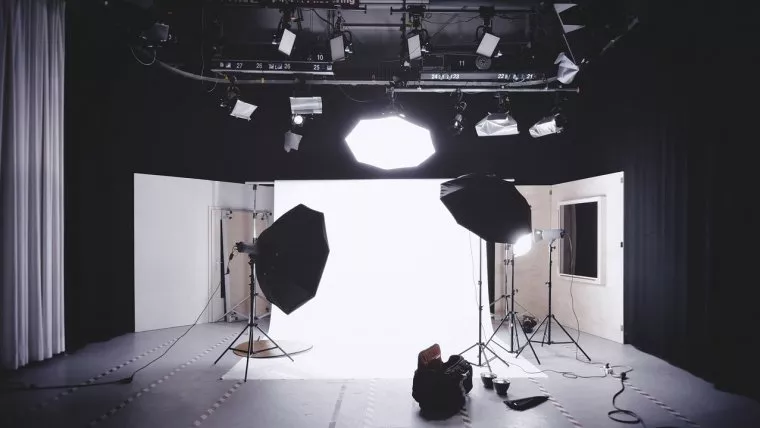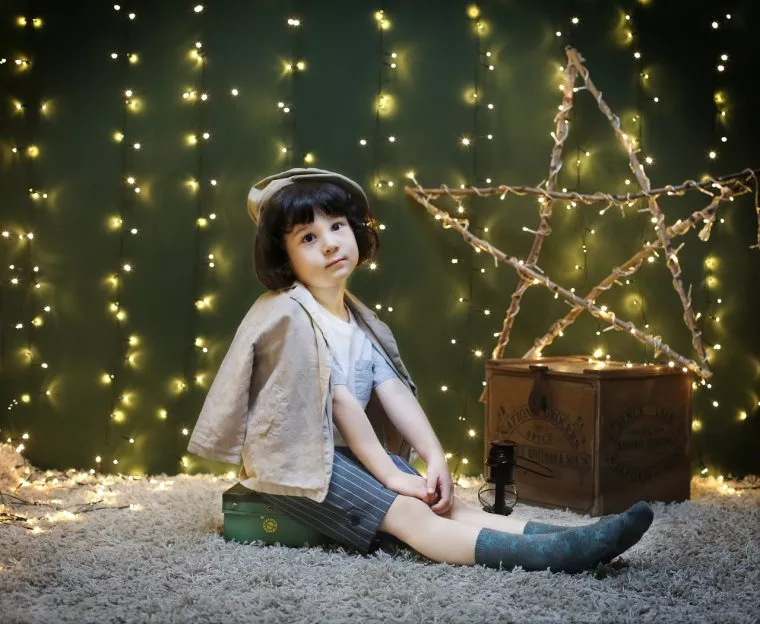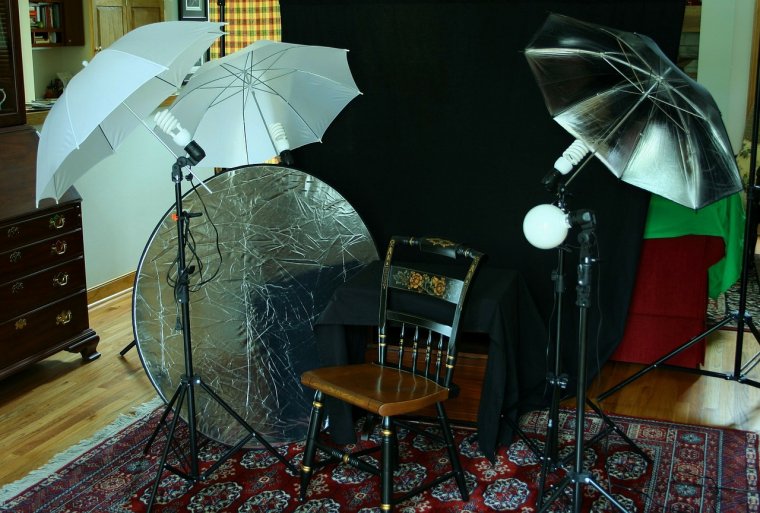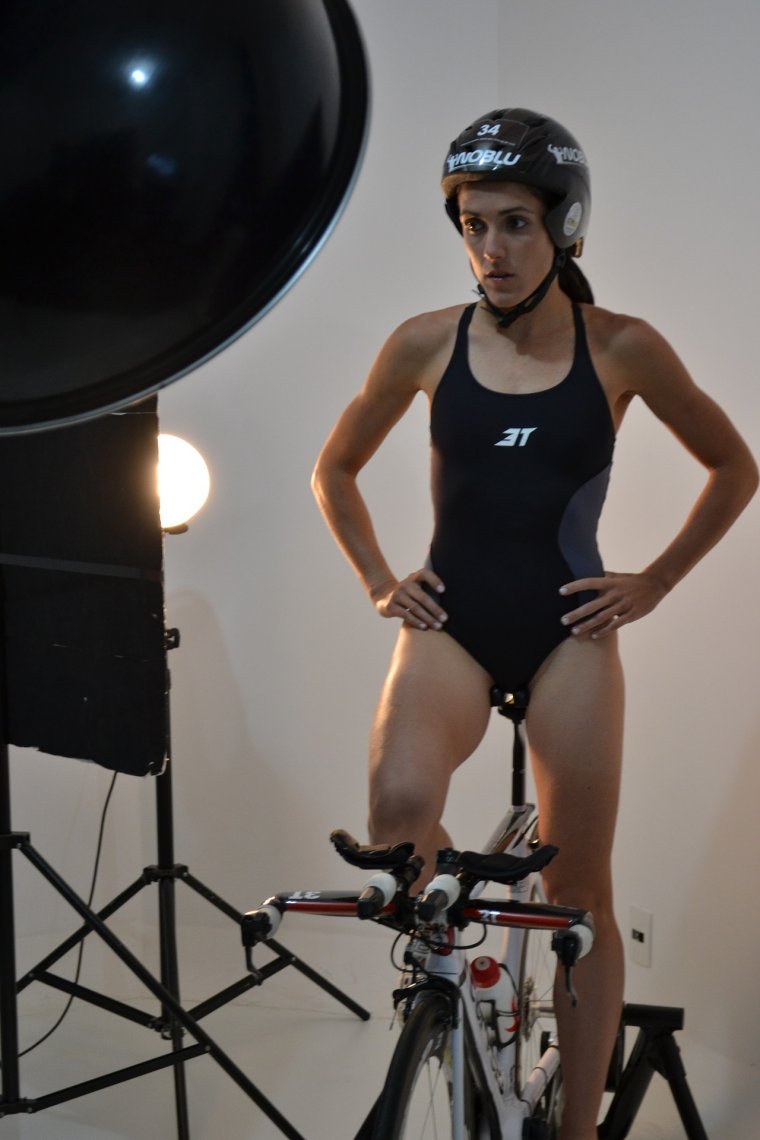
Nothing screams unprofessional like having a client waiting around for you to finish setting up your studio. Whether you’re indoors or out, you want to have everything ready to go before your model arrives. But how do you set everything up around a person who isn’t even there? There’s more to setting up a photo shoot than just putting up some lights and setting your camera on a tripod. You have to think through different stages of the photo shoot, like how you’re going to shape the light, or what props you need. Once you do this, you’ll come off looking professional and your pictures will come out looking amazing.
The first thing you’ll want to think about is the setup of your space. Do you want to be next to a window, are you outside against a specific setting? Once you determine where you want your model to be posed, you should think about how the photo shoot will go. Is the shoot going to be a quick take against one solid background, or will you want to spice things up a bit and move the model around? It’s important to consider this and set up accordingly. If you’re indoors, make sure you have different background sheets ready to be changed in and out as needed. If you’re outside, scope out different locations and suggest them to your client as you go.

It’s also important to think about props. If you’re doing a quick or serious shoot, you probably won’t use them, so it’s best to store them away. However, if you’re doing a long playful shoot, or you’re working with a young model, it’s a good idea to set aside a handful of props you’ll want to introduce into some photos. Try and pick things that match your client’s personality. And be sure to ask if there’s anything they might be bringing along or want (such as an author promoting a book or an athlete who might want a symbol of their sport).
Lighting can make or break any picture. Depending on if you’re in an outdoor or an indoor setting, you’ll need to do a different setup to get the lighting to work just right. It’s easy enough to measure the light, even without your model there to test. You can use a mannequin (or just the head of one) to see how the light will reflect on someone. Using a light meter, you can see what you need to set your aperture to, and adjust the lights accordingly. Not only will this make you look professional but it also reduces waiting time at the start of the shoot so you can get more images of your model in at a time.
There are a lot of different tools you can use to help set up your studio and some tricks to getting things ready for multiple locations. Light diffusers and umbrellas are perfect for changing the light without having to add and remove large spot lights or flashes. If you don’t have an assistant who can hold them up as you go, invest in some simply stands that you can attach these to.

Now that you have one space ready to shoot, you might decide you’d also like to shoot next to the window, or in the corner of the room. If you don’t have enough equipment to have different sections set-up ahead of time, go through the same process with your mannequin and use tape to mark where your lights and diffusers should go. This way, while your model fixes their outfit and/or makeup to get ready for a new location, you can quickly move your equipment over and be ready and waiting for them.
Once the model does arrive, there’s very little to do either than shoot away. However, it is best to make sure you check your readings with the person there in case there needs to be any smaller adjustments. Keep an open communication with your model while you do this, ask them about props or background, or any specific poses they want. This not only helps the mood feel more relaxed, but it also allows you to make small adjustments without looking unprofessional as you go along.

When working with clients, or even just friends and family, you want to come off looking professional. You want the model to feel at ease that you know how to work your equipment. The only decisions they should have to make are background colors and use of props, the rest needs to be up to you. Getting everything set up before your model arrives is not only professional, it helps extend the time of your shoot, allowing you to get more pictures to help please your client.
Comments (0)
There are no comments yet.